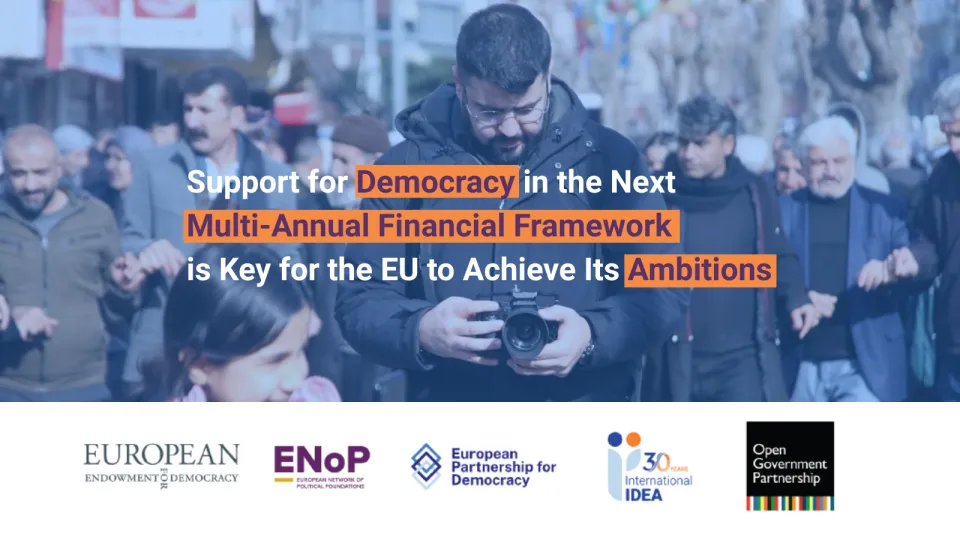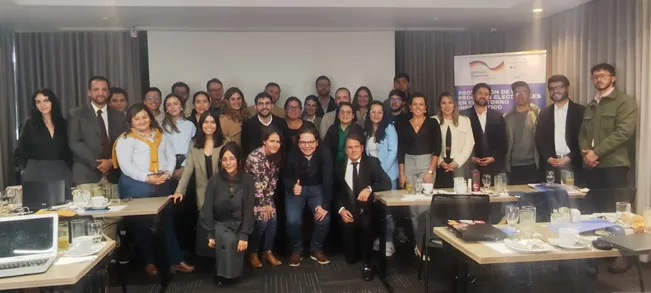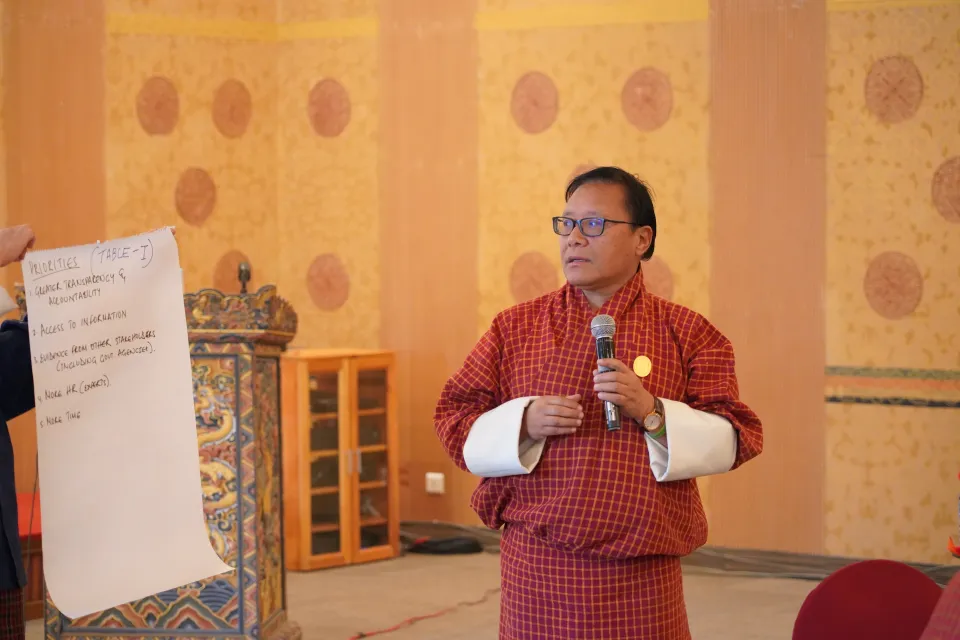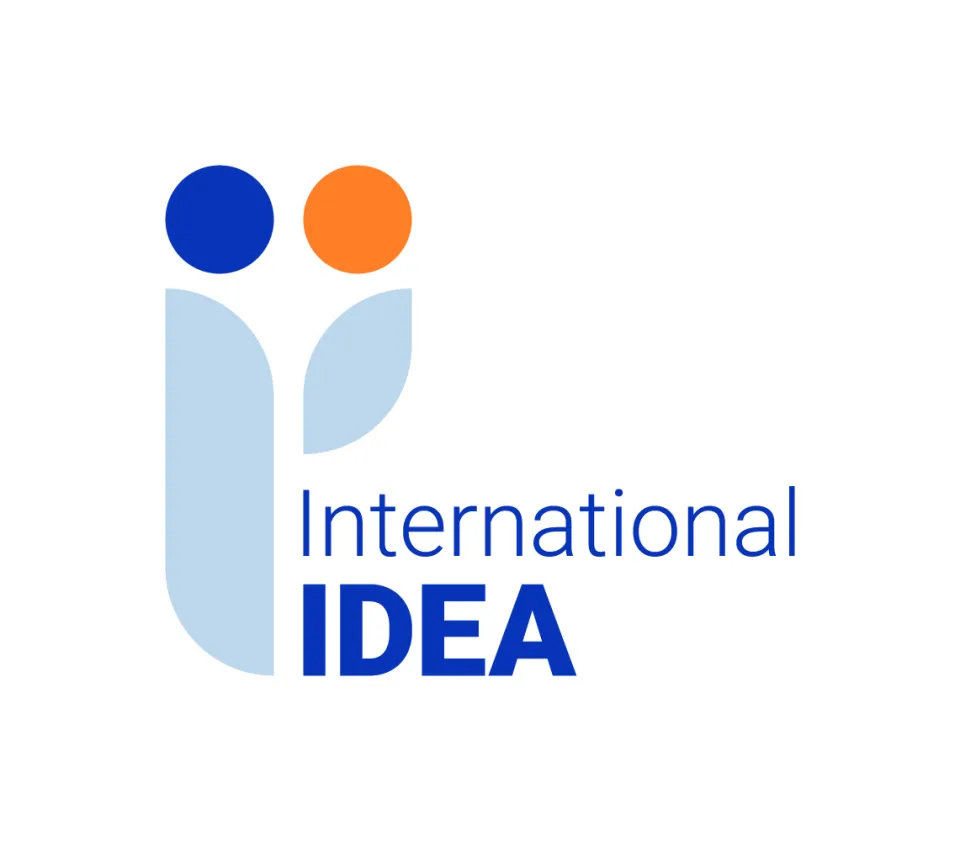Sri Lanka and its management of risks in elections
![Election Commissioner Nalin Abeyesekere (right) looks on as Sead Alihodzic promotes Election Commission of India’s Manual on Electoral Risk Management [Photo: Adhy Aman/International IDEA]](/sites/default/files/styles/webp_1024/public/news/Sri%20lanka-risk-management-workshop-sead1_2.jpg.webp?itok=0_1PXgHA)
In its Policy Paper No. 14 entitled “Risk Management in Elections”, International IDEA proposed six key recommendations for standardizing risk management in elections. One of them is “EMBs [electoral management bodies] with an advanced understanding of the benefits of risk management, as well as the capacity to adopt and implement the concept, should make a comprehensive effort to embed risk management into all parts of its work.” This recommendation is primarily addressed to EMBs that have strong conviction of the need for having a robust electoral risk management (ERM) system and prominently has existing practices that is designed for – or at least, contribute to – identifying risks; measuring and analyzing risks; reporting risks; and deciding/acting for prevention and mitigation of risks.
One of the sessions during the one-day Workshop co-organized by the Election Commission of Sri Lanka and International IDEA held on Friday, 19 May 2017, as part of the six-country ERM Tour of Asia was taking stock of existing processes or activities in the Election Commission that can be categorized as ERM actions. It appeared such information flows two ways; vertically within the Commission from the bottom upwards as well as horizontally with external institutions such as state security agencies, the media, political parties and civil society, election observers included. It also appeared that each branch of the Commission collects and analyzes information received to determine whether or not certain issues require attention from the commissioners. Each branch of the Commission would also report to the commissioners, if the matters need their decision in order to initiate action for preventing and mitigating risks arising from the issues.
However, senior staff from Election Commission of Sri Lanka have identified some gaps in the existing system. In particular, systematic effort to consolidate information and form the holistic picture of how different risk factors interact, hence allowing the commissioners to digest and consider the issues in a holistic manner, is still lacking. To illustrate this, the following anecdotal example was used: consider two photographers witnessing a scene where a cheetah is chasing a zebra. One managed to take a picture of the running zebra, while the other one catches the cheetah only. They will tell the full story only if the two photos are put together. It is therefore advisable to make a comprehensive effort to make sure all units are exchanging notes and that there are risk managers that help managers put the “puzzle pieces” together to get a fuller picture, lest commissioners make a wrong decision based on an insufficient understanding of the actual situation.
This Workshop wrapped the South Asian leg of the ERM Tour. The Team is visiting Thailand, the Philippines and Indonesia in South East Asia during the second half.






